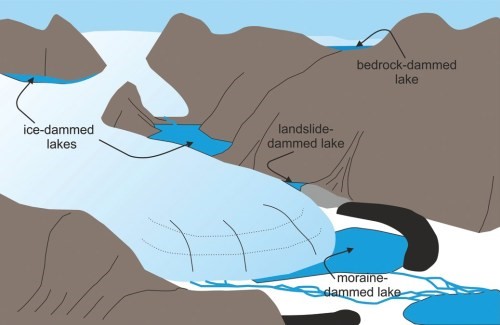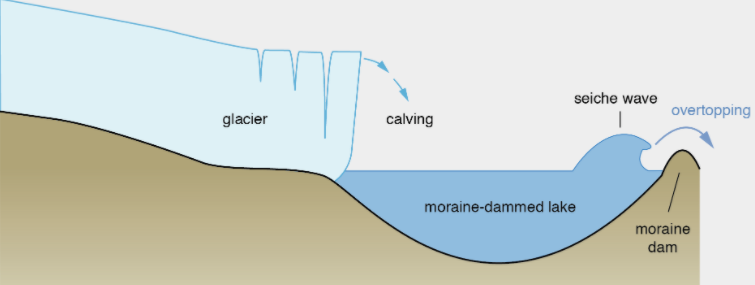Free Courses Sale ends Soon, Get It Now


Free Courses Sale ends Soon, Get It Now



Disclaimer: Copyright infringement not intended.
Context
Glacial Lake Outburst Flood (GLOF)

Recent Study

© 2024 iasgyan. All right reserved